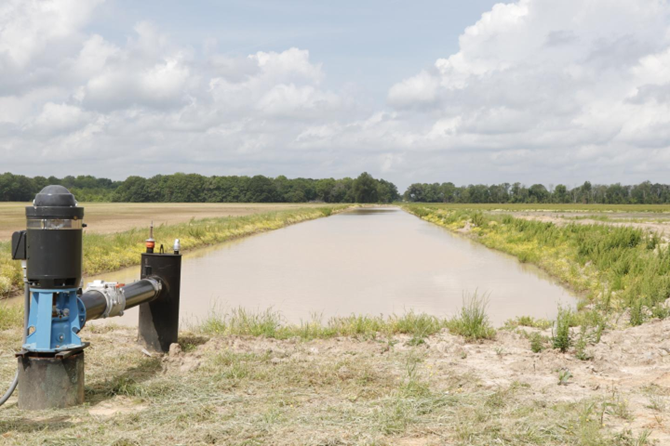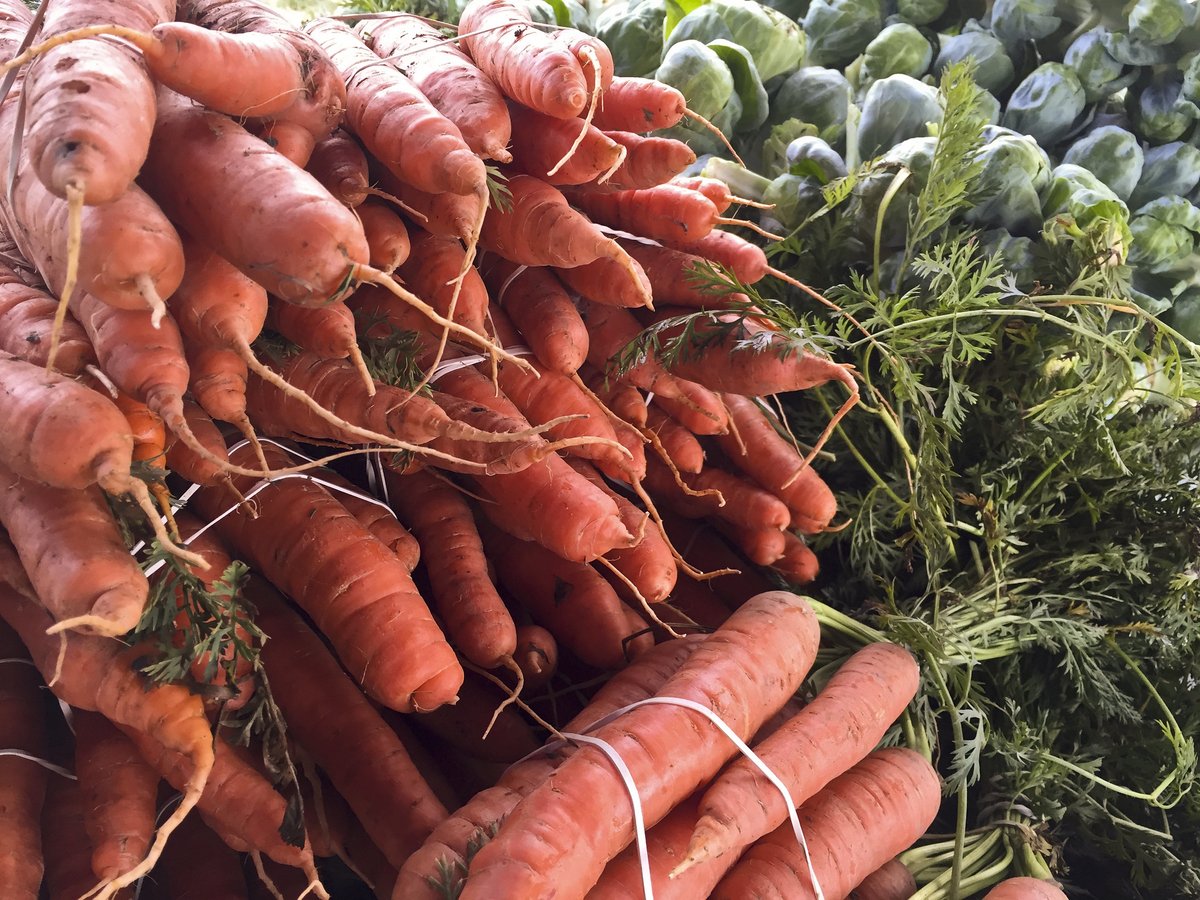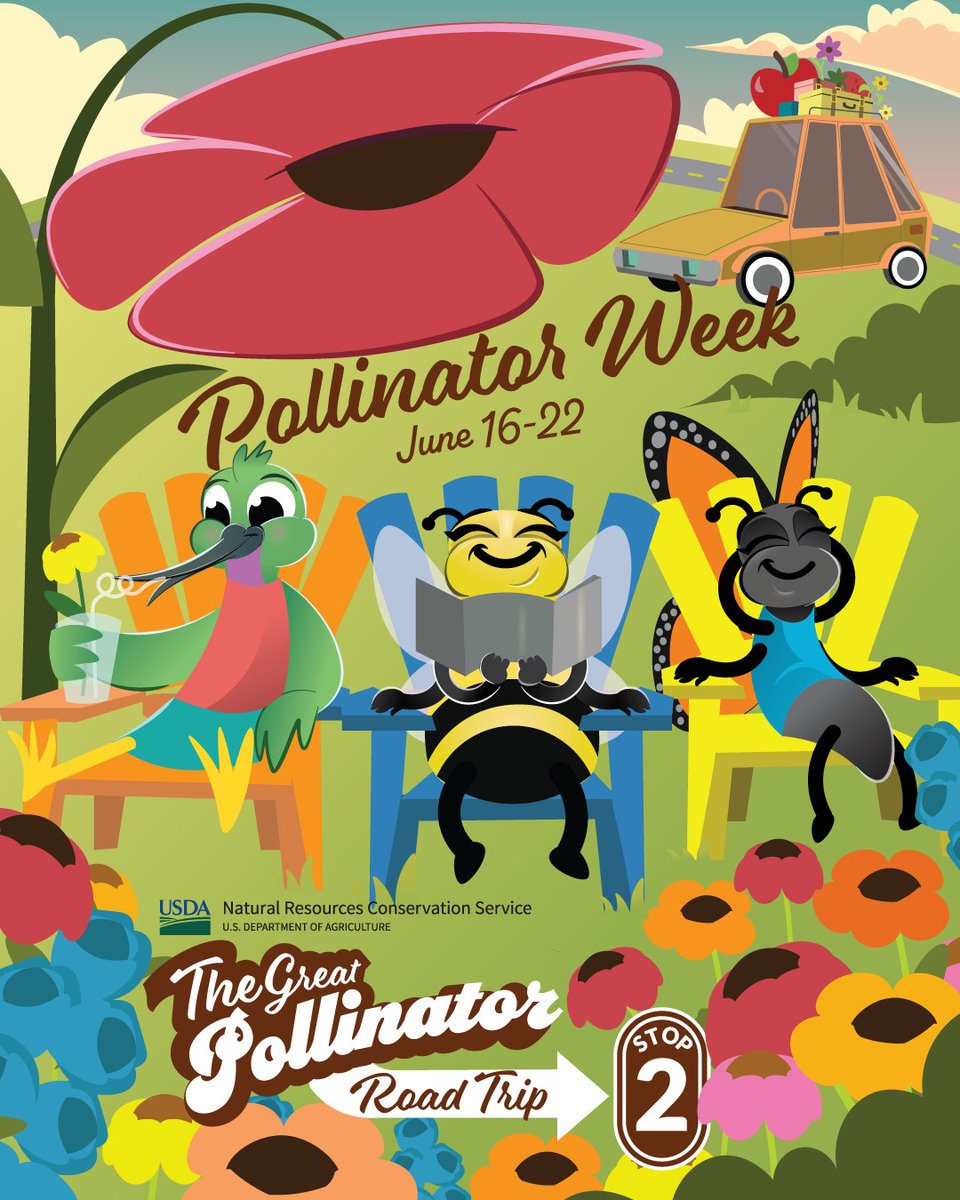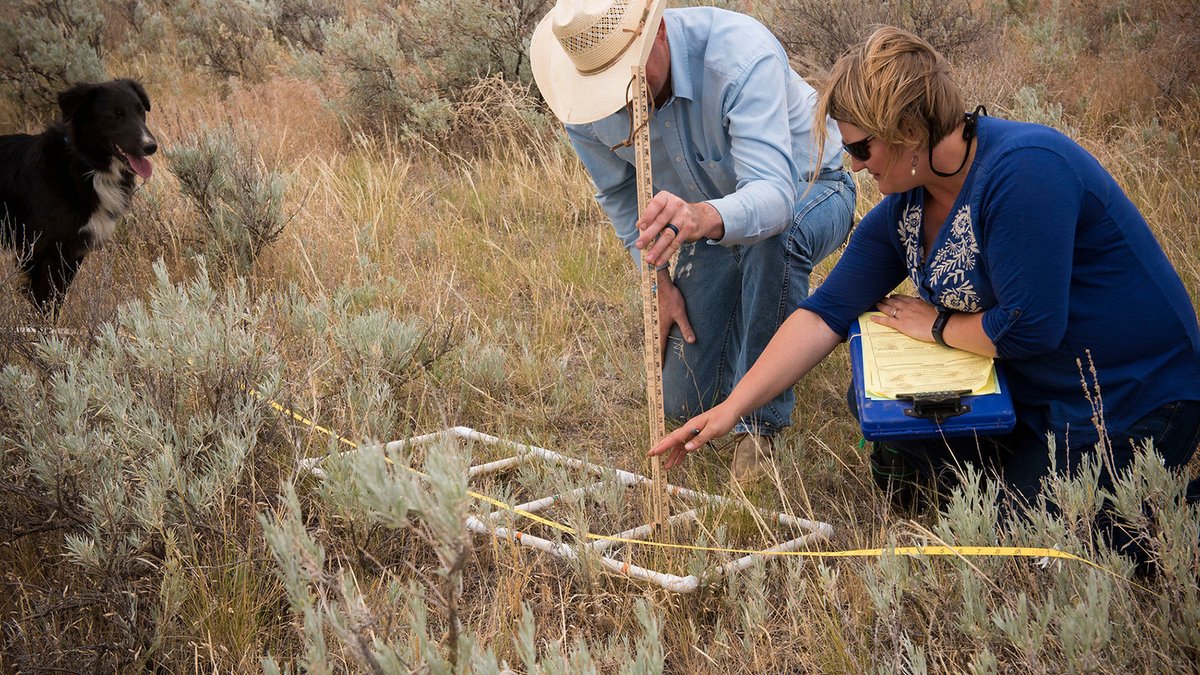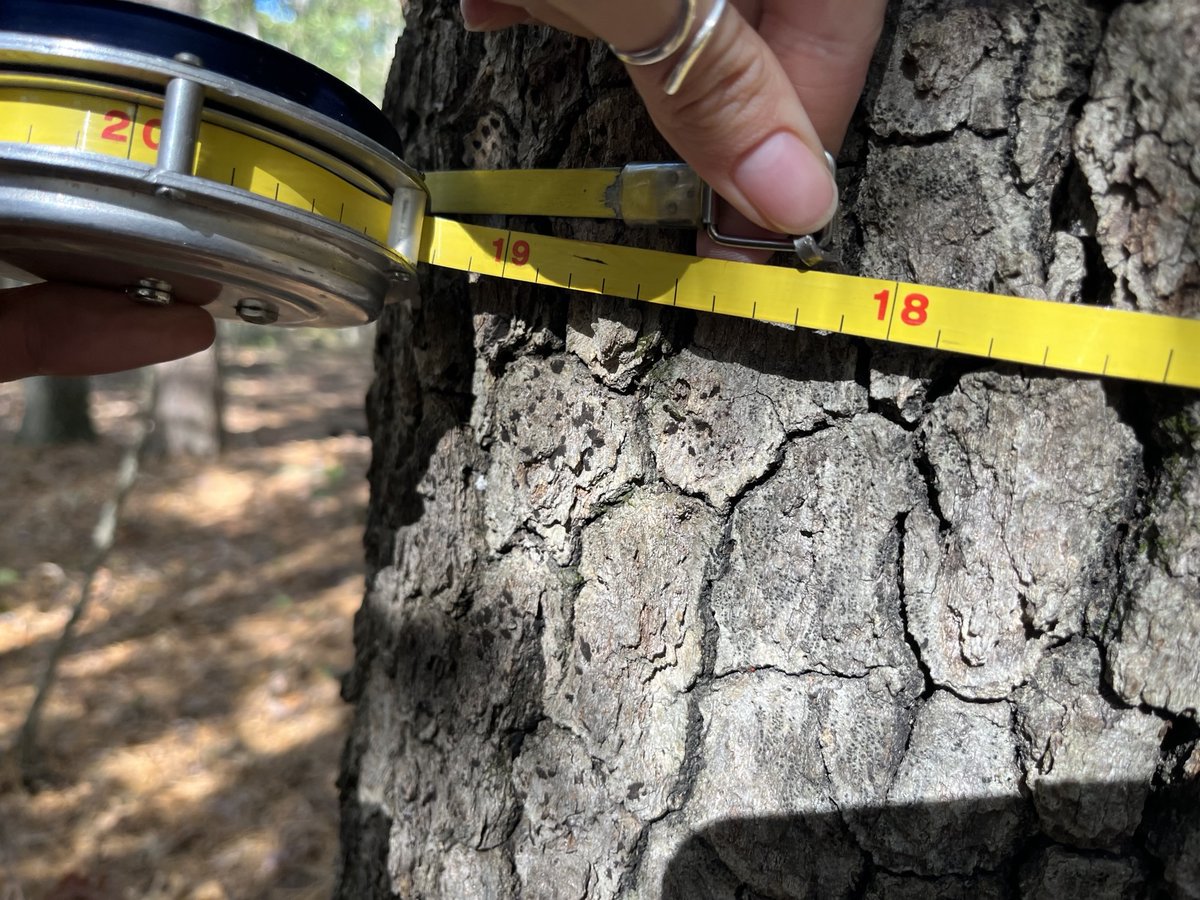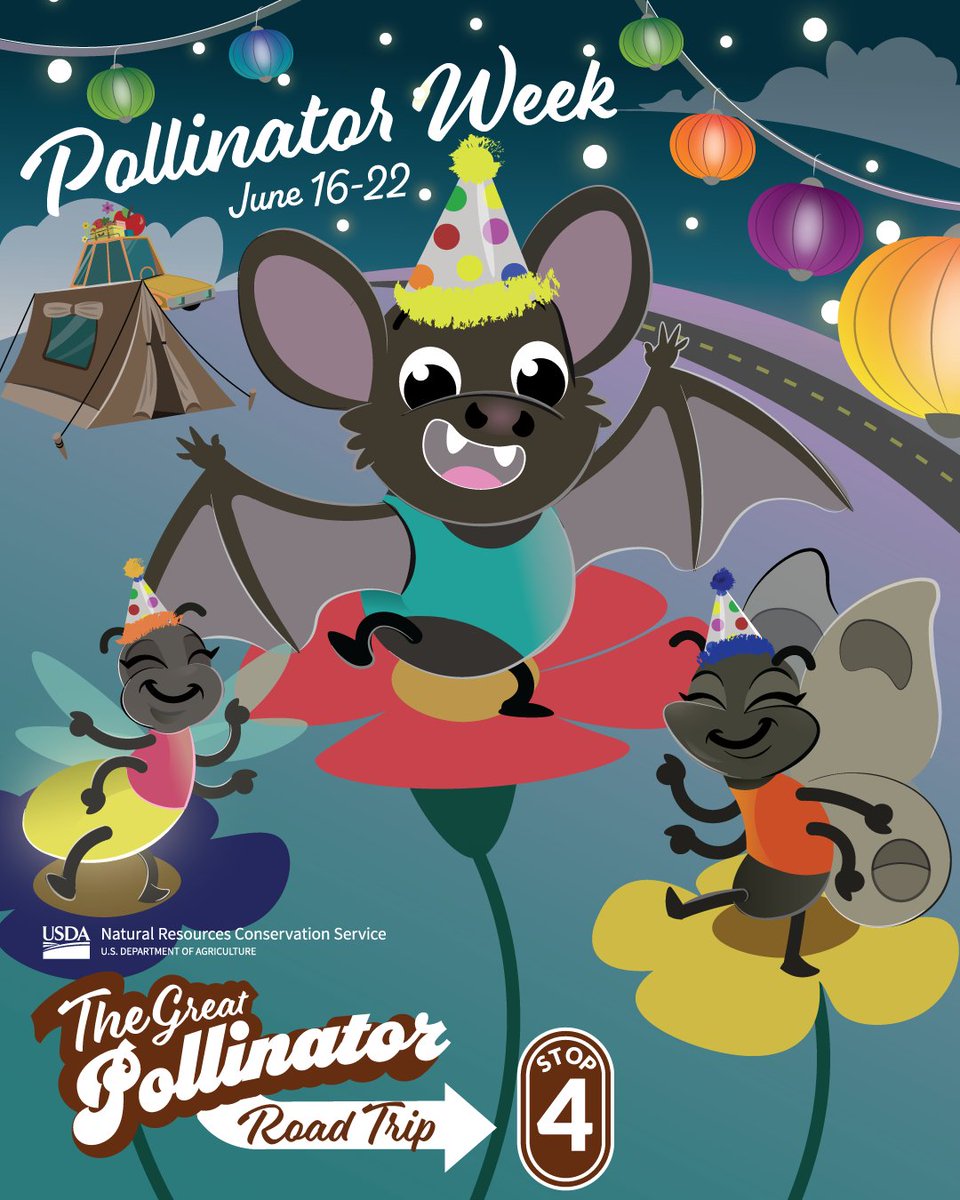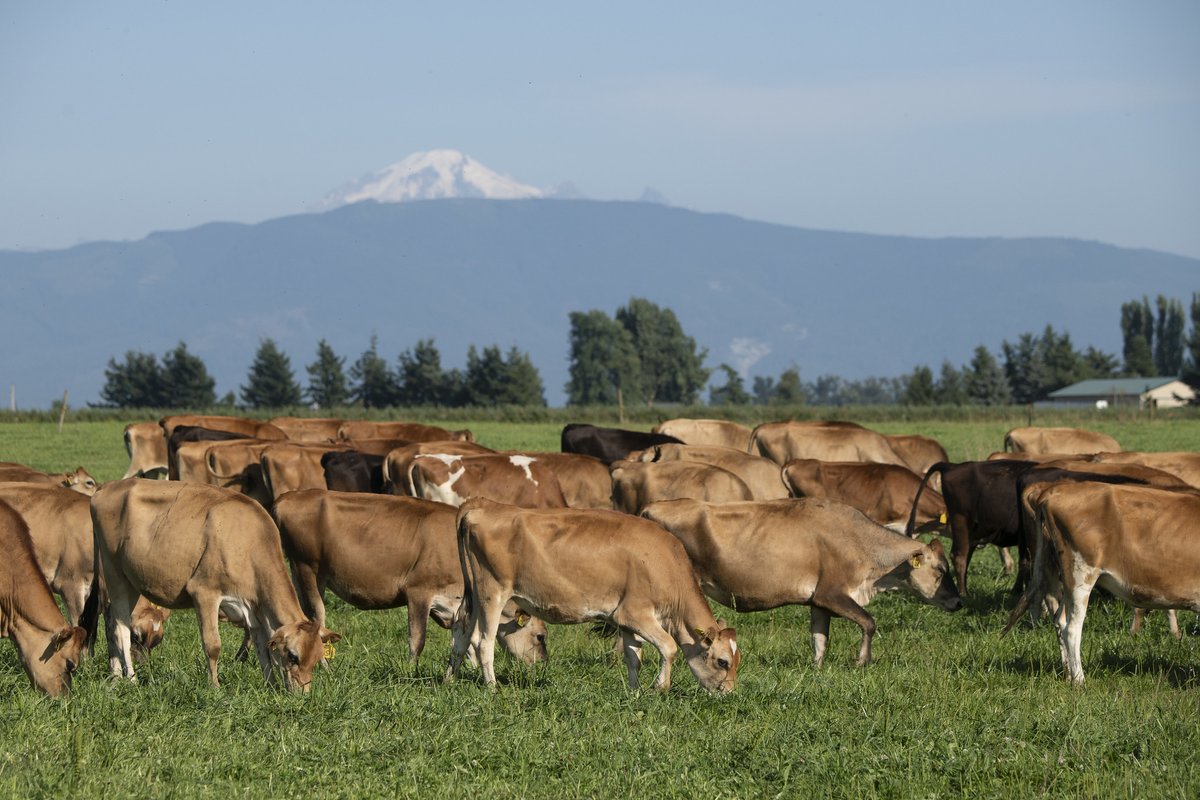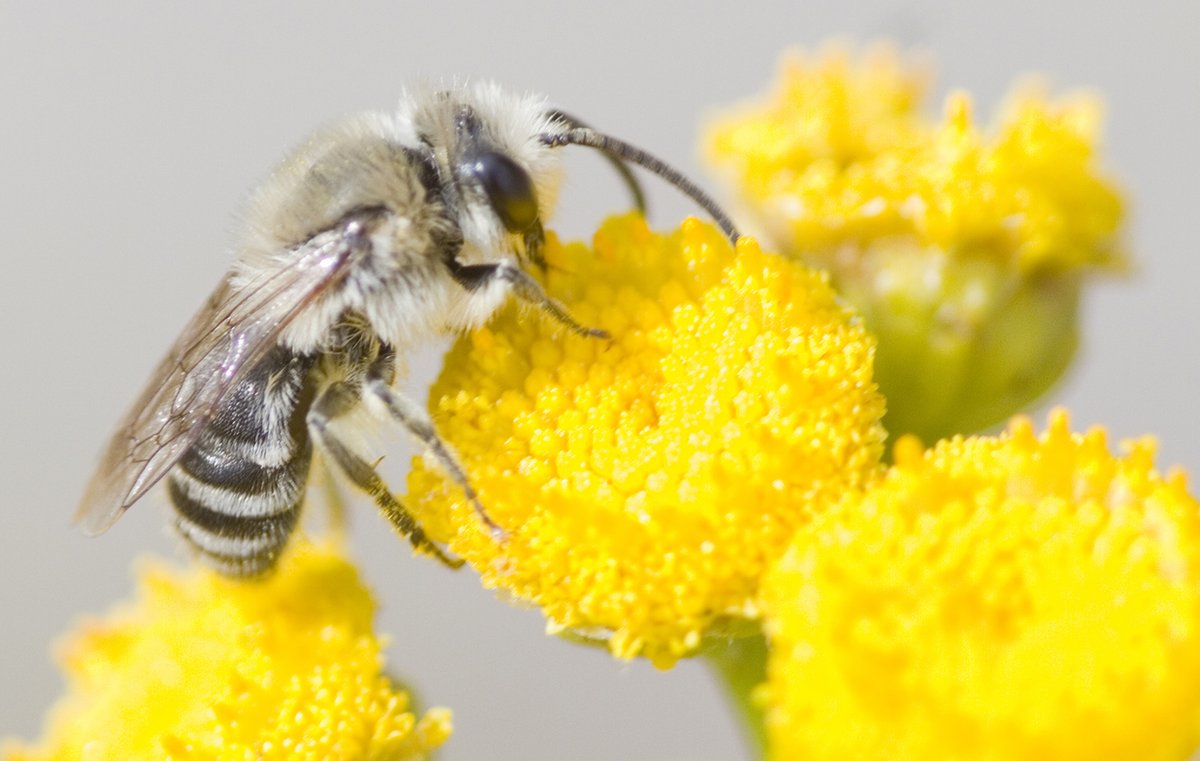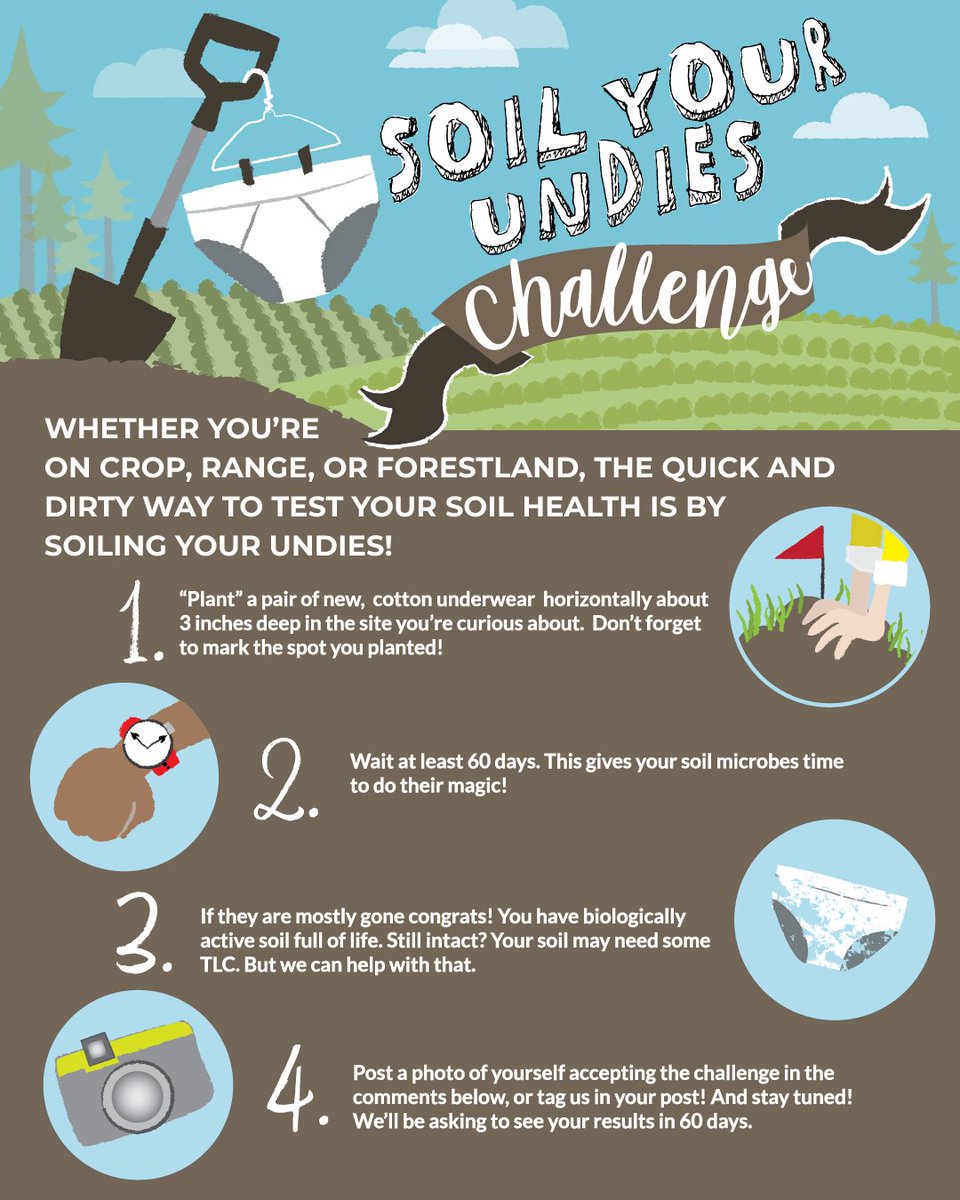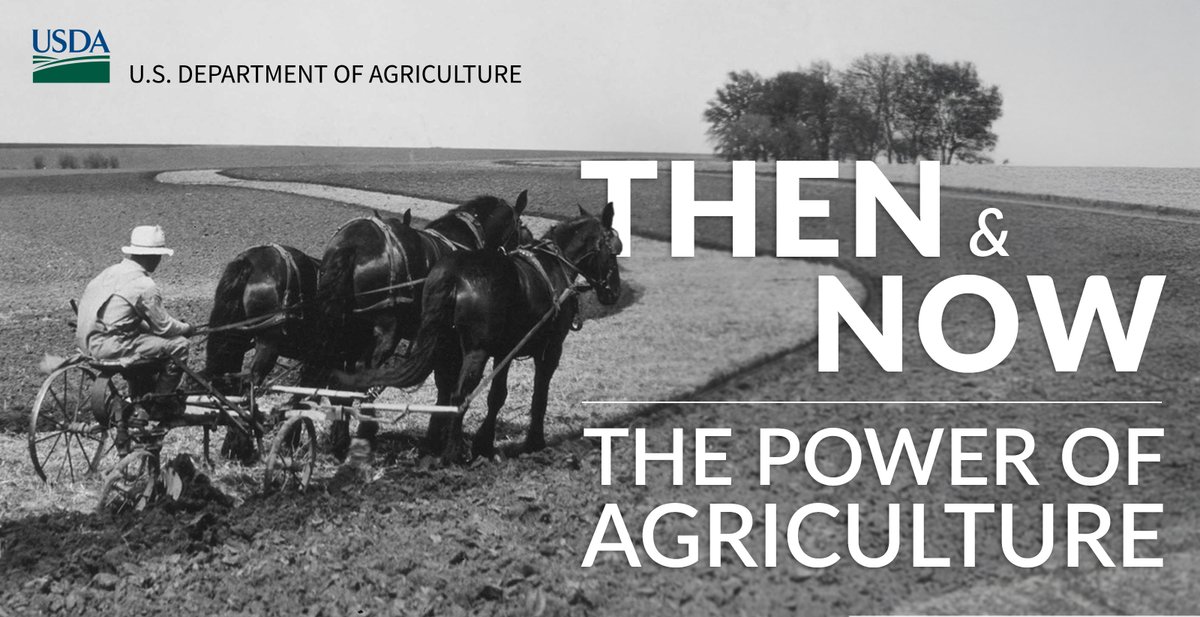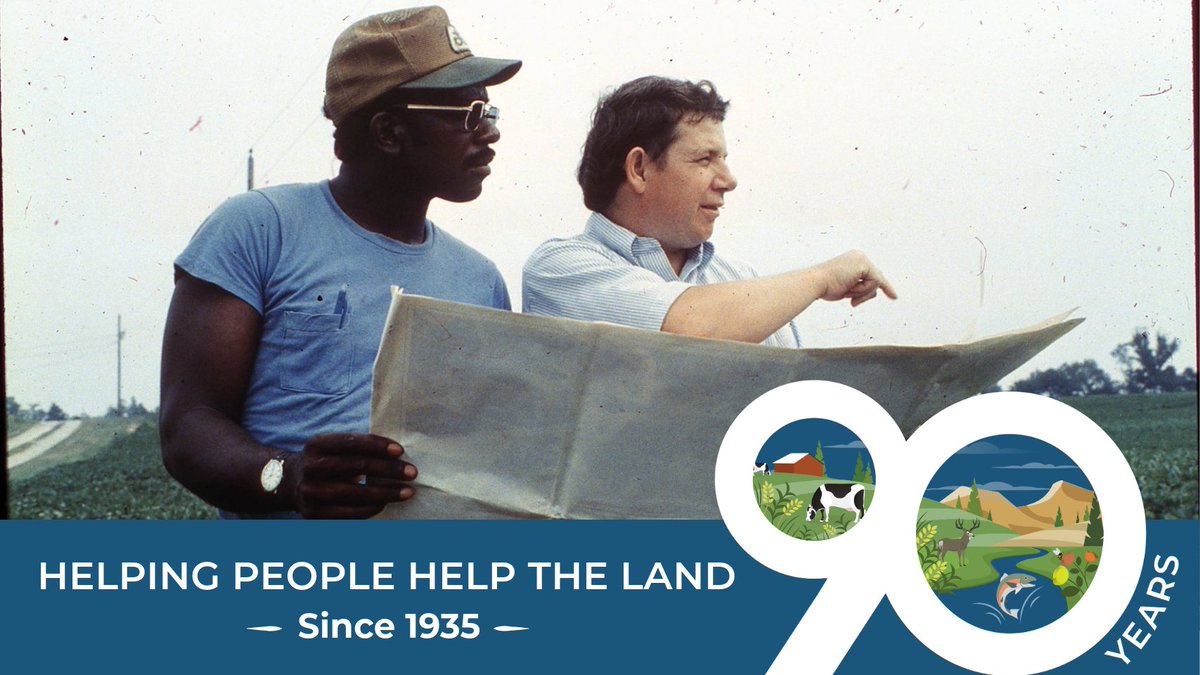
NRCS Arkansas
@arkansasnrcs
USDA Natural Resources Conservation Service helps private landowners protect and enhance natural resources
RTs/follows ≠ endorsement
ID: 323368473
http://www.ar.nrcs.usda.gov/ 24-06-2011 18:19:03
1,1K Tweet
1,1K Followers
235 Following
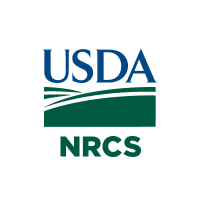



















From NRCS Arkansas: In an ever-changing world, two things are for certain: we need food, and we need hard-working, driven people to grow it, like Derrick and Thomas of Young Farm Services, LLC in Brinkley, Arkansas. nrcs.usda.gov/state-offices/…
